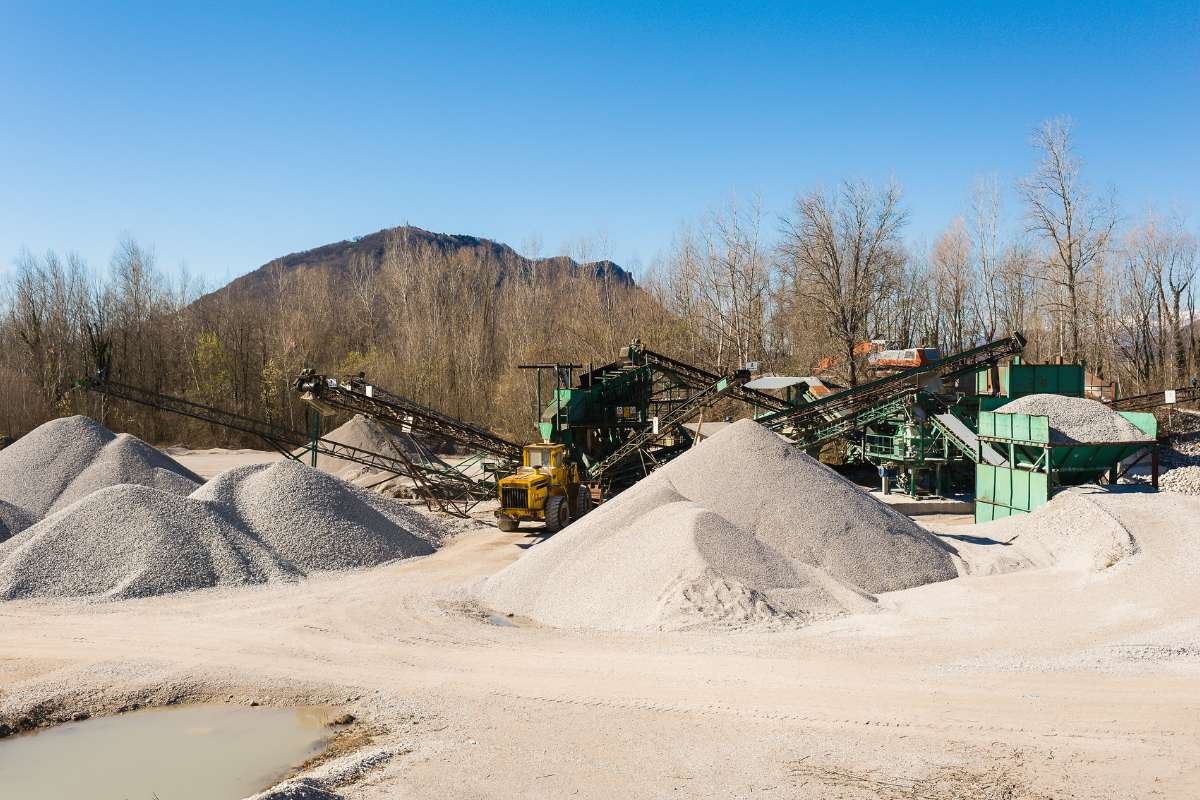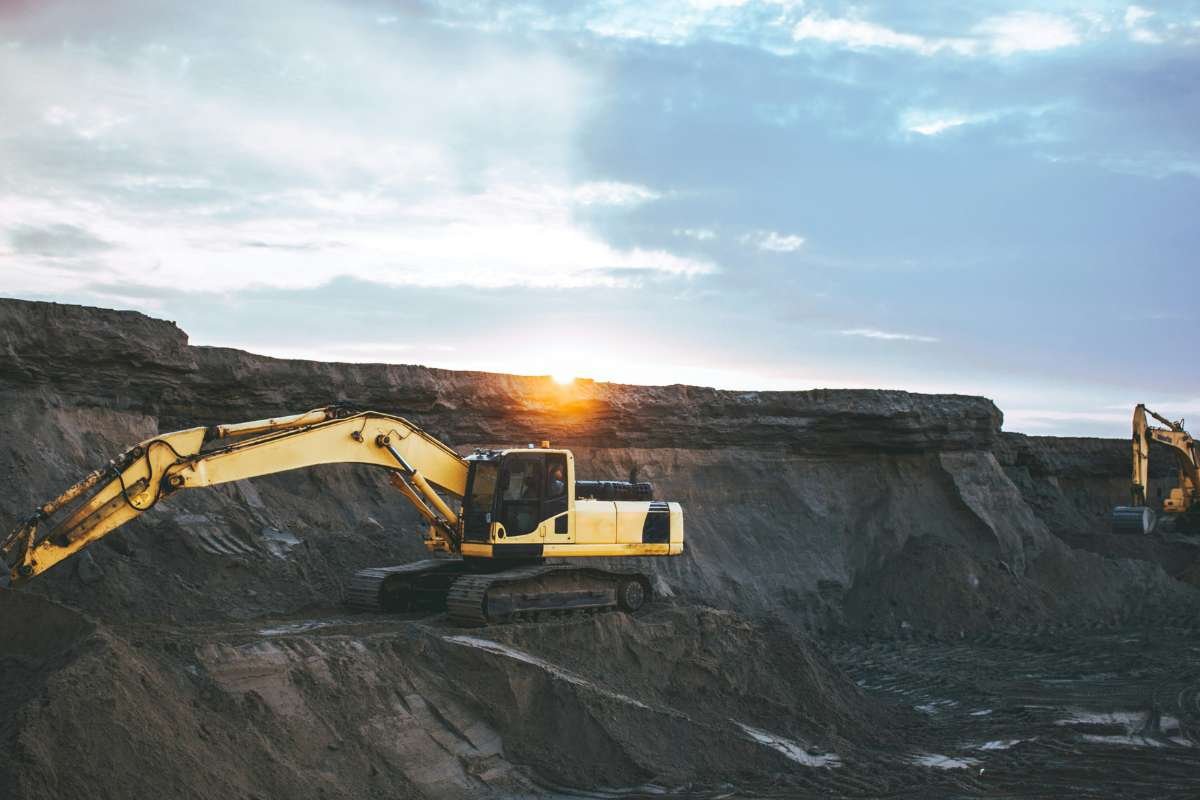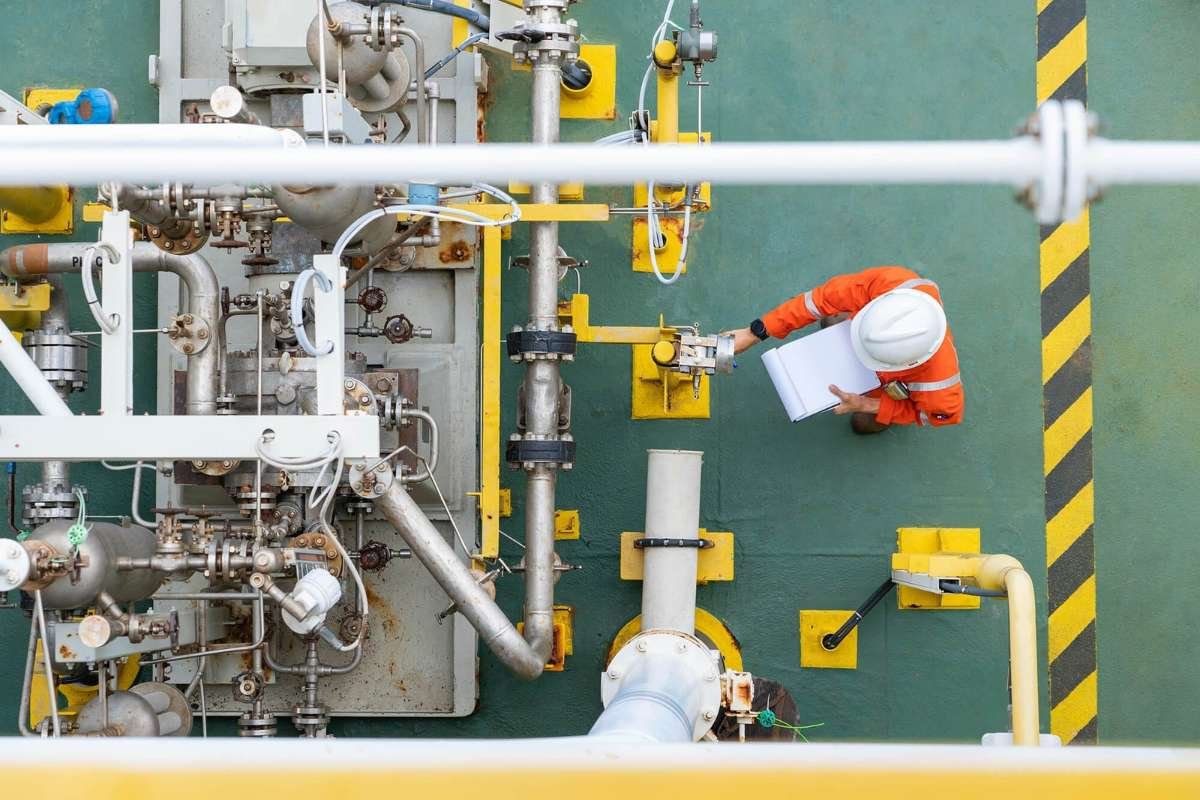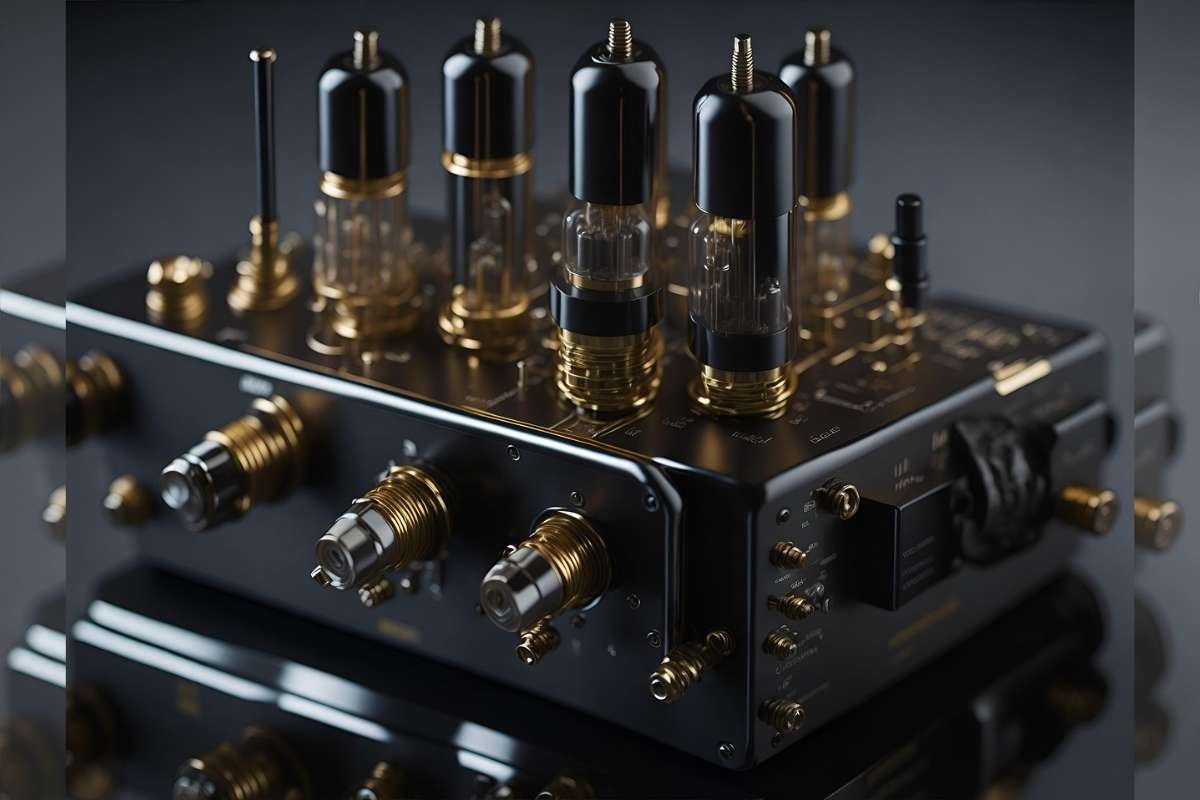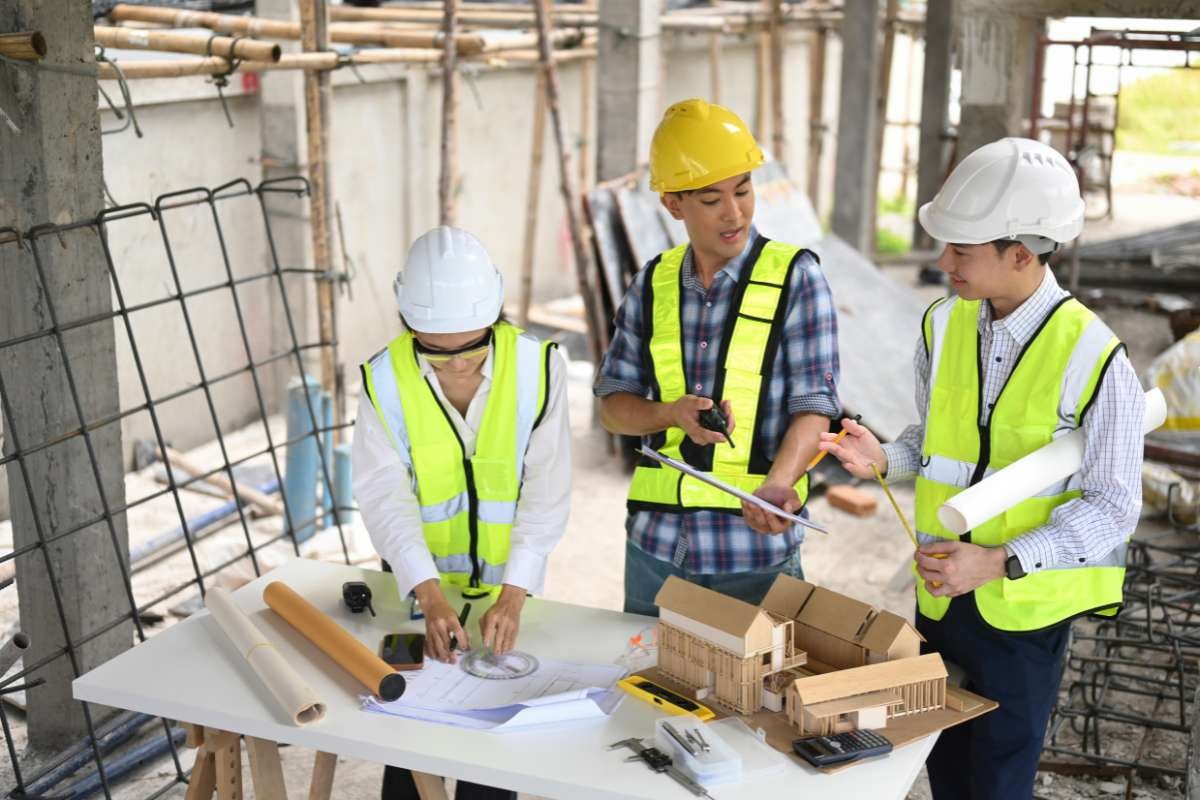Custom pallets aren’t just pieces of wood. They are strategic tools that can dramatically improve your supply chain. You might think standard pallets are enough, but these are often one-size-fits-all solutions that don’t always fit your needs.
What makes custom pallets an excellent option is that they’re tailored to your specific products and processes. Below are some ways on how you can design custom pallets to maximize efficiency and protect your goods:
Understand The Basics Of Custom Pallets
Before you get into the nitty-gritty of design and consider options from service providers like Challenger Pallet, it’s crucial to grasp the fundamentals of custom pallets. These aren’t your average, run-of-the-mill platforms. Custom pallets are specifically engineered to meet the unique requirements of a particular industry, product, or application.
You might be wondering, “Why bother with custom pallets when standard ones are readily available?” The answer lies in the numerous benefits they offer:
- Improved product protection
- Enhanced storage efficiency
- Better compatibility with automated systems
- Reduced transportation costs
- Increased worker safety
Tailoring pallets to your specific needs can help you address challenges that off-the-shelf solutions simply can’t handle. Whether you’re dealing with odd-shaped products, heavy loads, or strict hygiene requirements, you can design custom pallets to tackle these issues head-on.
Know Your Unique Needs
Before you start designing, you need a clear picture of your operation. A deep understanding of your business is the foundation for effective pallet design. Start by carefully examining your products, considering factors like size, shape, weight, material, and handling requirements (is the product fragile or hazardous?).
After that, analyze your operational flow. How do products move through your facility? How are they stored, transported, and prepared for shipment? Understanding these processes will help you identify areas where custom pallets can improve efficiency.
Finally, consider the broader industry context. Are there specific regulations you need to comply with? For example, if you’re in food and beverage, you might worry about sanitation. In manufacturing, weight capacity and durability are crucial for better warehouse productivity and efficiency. So, take time to know your unique requirements. This knowledge will guide your pallet design.
Determine Pallet Size
Once you know your products, you can start thinking about pallet size. You want a perfect fit for your products without wasting space. Standard pallet sizes often lead to empty gaps or require extra packaging, which can increase costs and waste.
Measure your products carefully and consider their packaging. A design custom pallet solution can be created to match these dimensions precisely. This optimization maximizes space utilization and reduces shipping costs.
Think beyond length and width when determining pallet size. Height is another important factor. Consider the total height of your product and its packaging. The pallet should accommodate this height without exceeding the maximum height allowed by your shipping containers or storage racks.
Sometimes, a slight adjustment in pallet size can significantly impact your packaging and shipping costs. It’s worth exploring various options to find the best fit for your products.
Consider Pallet Configuration

The pallet’s configuration goes beyond its size. Consider how the pallet will be handled throughout its lifecycle, especially when you need to design custom pallets.
1. Four-Way Entry
This standard configuration allows access from all four sides, making it versatile for loading, unloading, and storage.
2. Two-Way Entry
This configuration restricts access to two opposite sides, which can be beneficial for specific product orientations or storage layouts.
3. Specialized Configurations
For unique product shapes or handling requirements, consider custom configurations like partial decks, overhangs, or reinforced areas.
By carefully considering your handling processes, you can determine the optimal pallet configuration to maximize efficiency and minimize waste.
Choose the Right Materials
With your requirements in mind, it’s time to select the best materials to design custom pallets. The right choice can make all the difference in performance, durability, and cost-effectiveness. Let’s explore some popular options:
1. Wood
The classic choice, wood remains a versatile and economical option for many industries. It’s strong, easily customizable, and recyclable. However, it may not be suitable for environments with strict hygiene requirements.
2. Plastic
Plastic pallets are gaining popularity due to their durability and resistance to moisture and chemicals. They’re ideal for industries with stringent cleanliness standards, like food processing and pharmaceuticals.
3. Metal
For heavy-duty applications, metal pallets offer unparalleled strength and longevity. They’re perfect for industries dealing with extreme weights or harsh conditions.
4. Composite
Combining the best of different materials, composite pallets can offer a balance of strength, durability, and cost-effectiveness. They’re often used in specialized applications where specific properties are required.
When choosing your material, consider factors including load capacity, cost, recyclability, and durability.
Always take note that there’s no one-size-fits-all solution. The best material to design custom pallets will depend on your unique industry needs and operational requirements.
Optimize Pallet Strength and Durability

Your pallets need to withstand the rigors of your supply chain. This means they must be strong enough to handle the weight of your products, as well as the stresses of loading, unloading, and transportation. To optimize pallet strength and durability, keep the following in mind:
1. Choose the Right Wood Species or Plastic Material
Different materials have different strengths and weaknesses. For example, hardwood pallets are typically more durable than softwood pallets, but they are also more expensive. Plastic pallets are a good option for applications where weight is a concern, but they may not be as strong as wood pallets.
2. Use Thicker Deck Boards and Stringers
The thickness of the deck boards and stringers will affect the overall strength of the pallet. Thicker boards will be able to support more weight and will be less likely to sag or break.
3. Use Metal Reinforcements
Metal reinforcements can be added to pallets to increase their strength. This is often done in areas where the pallet is likely to experience a lot of stress, such as the corners or around the forklift pockets.
4. Design the Pallet with Stacking in Mind
If you plan on stacking pallets on top of each other, it is important to design custom pallets with stacking in mind. The pallet should be able to support the weight of the pallets above it without collapsing.
By following these tips, you can optimize the strength and durability of your custom pallets and ensure that they can withstand the rigors of your supply chain.
Enhance Pallet Functionality
A well-designed pallet is more than just a platform for your products. It can also improve efficiency and safety. There are several features you can incorporate to elevate its functionality and cater it to your specific needs:
1. Integrated Load Bars
These act as built-in support for your products, preventing them from shifting or toppling during transport. This is especially useful for palletizing unstable items or items prone to tipping.
2. Deck Board Overhangs
Think of these as extended edges that create a lip around the perimeter of the pallet. They offer double the benefit: protection for the sides of your products and a gripping surface for forklift forks. This is particularly valuable for fragile items or items that need extra support during handling.
3. Lip Guards
These are raised edges that run along the periphery of the pallet specifically designed to prevent products from sliding off. They are particularly useful for items with angled surfaces or rounded shapes that might otherwise be prone to rolling off the sides.
4. Anti-Slip Coating
This is a special surface treatment applied to the pallet deck that increases friction between the pallet and the product. This is particularly beneficial for palletizing wet or oily products that might otherwise be prone to slipping and sliding.
5. Radio Frequency Identification (RFID) Tags
These tiny chips embedded into the pallet can be embedded with a unique identifier that allows you to track and monitor your pallets throughout the supply chain. This can be a game-changer for improving inventory management, preventing loss or theft, and streamlining logistics.
By incorporating these features, you can create custom pallets that are tailored to your specific needs and help you improve efficiency, safety, and product protection throughout your supply chain.
Test and Refine Your Design
Before you commit to a full-scale production run, test your pallet design. Below are some ways to do it:
1. Conduct a Physical Test
Build a prototype of your pallet design and put it through its paces. Load it with your products and simulate the conditions it will face in the real world, such as stacking, racking, and transportation.
2. Evaluate Performance
Carefully observe how the pallet performs during testing. Look for any signs of weakness, damage, or instability. Pay attention to how the pallet interacts with your products, handling equipment, and storage systems.
3. Identify Areas for Improvement
Based on your observations, make a list of any areas where the pallet design can be improved. This could include things like strengthening weak points, adjusting the dimensions, or adding features.
4. Refine and Retest
Make the necessary changes to your design custom pallets and then retest them. Repeat this process until you are satisfied with the pallet’s performance.
By following these steps, you can ensure that your custom pallets are up to the task and meet the specific needs of your business.
Work With a Pallet Manufacturer

Partnering with a pallet manufacturer can streamline the process of bringing your design custom pallets to life. Here’s why:
1. Industry Expertise
Manufacturers possess a deep understanding of how to design custom pallets, including the materials and production processes involved. They can provide invaluable insights and recommendations tailored to your specific needs. For instance, they can suggest optimal materials for your product’s weight and handling requirements, or recommend design modifications to improve durability and efficiency.
2. Material Sourcing
They have established relationships with suppliers, ensuring you get access to a wide range of materials at competitive prices. Moreover, they can help you choose materials that align with your sustainability goals, such as recycled wood or eco-friendly plastics.
3. Production Capabilities
Manufacturers possess the necessary equipment and skilled labor to efficiently produce your custom pallets. They can handle production volumes of various sizes, from small batches to large-scale orders, ensuring timely delivery.
4. Quality Control
They implement stringent quality control measures to guarantee that your pallets meet your specifications and industry standards. Regular inspections and testing help identify and address any issues before the pallets reach your facility.
5. Testing and Refinement
Manufacturers can assist you in testing your pallet prototypes under real-world conditions. They can provide feedback on the pallet’s performance, identify potential weaknesses, and recommend design improvements to enhance its durability and functionality.
6. Cost Efficiency
Their economies of scale often lead to cost savings on materials and production. By leveraging their buying power and production expertise, manufacturers can help you optimize your pallet costs without compromising quality.
7. Compliance
They can ensure your pallets adhere to relevant industry standards, regulations, and certifications. This includes compliance with safety standards, load-bearing capacities, and environmental regulations.
8. Customization Options
Many manufacturers offer a wide range of customization options, from materials and dimensions to specific features. They can work with you to create a pallet that perfectly aligns with your unique requirements and enhances your supply chain operations.
By working closely with a pallet manufacturer, you can focus on your core business while they handle the complexities of pallet production.
Also Read: Design Tips for Decorating with Premium Furniture
Consider Sustainability
Sustainability is becoming increasingly important for many businesses. You can design your pallets with the environment in mind. Choose recycled materials whenever possible. Consider using wood from sustainable forests.
Optimize pallet design to minimize material waste. Look for opportunities to design custom pallets that reduce the overall size without sacrificing strength or functionality.
Calculate the Return on Investment (ROI)
Custom pallets can be more expensive than standard pallets, but they often pay for themselves in the long run. Improved efficiency, reduced product damage, and increased sustainability can all contribute to a positive ROI.
To calculate your ROI, consider factors like labor costs, transportation expenses, product damage, and waste reduction. Compare the costs of using custom pallets to the costs of using standard pallets.
Conclusion
By taking the time to design custom pallets, you can gain a competitive advantage. Your products will be better protected, your supply chain will run more smoothly, and your bottom line will benefit. However, remember that the key to successful custom pallet design is understanding your unique needs and working with a qualified partner.


